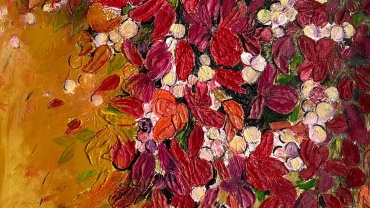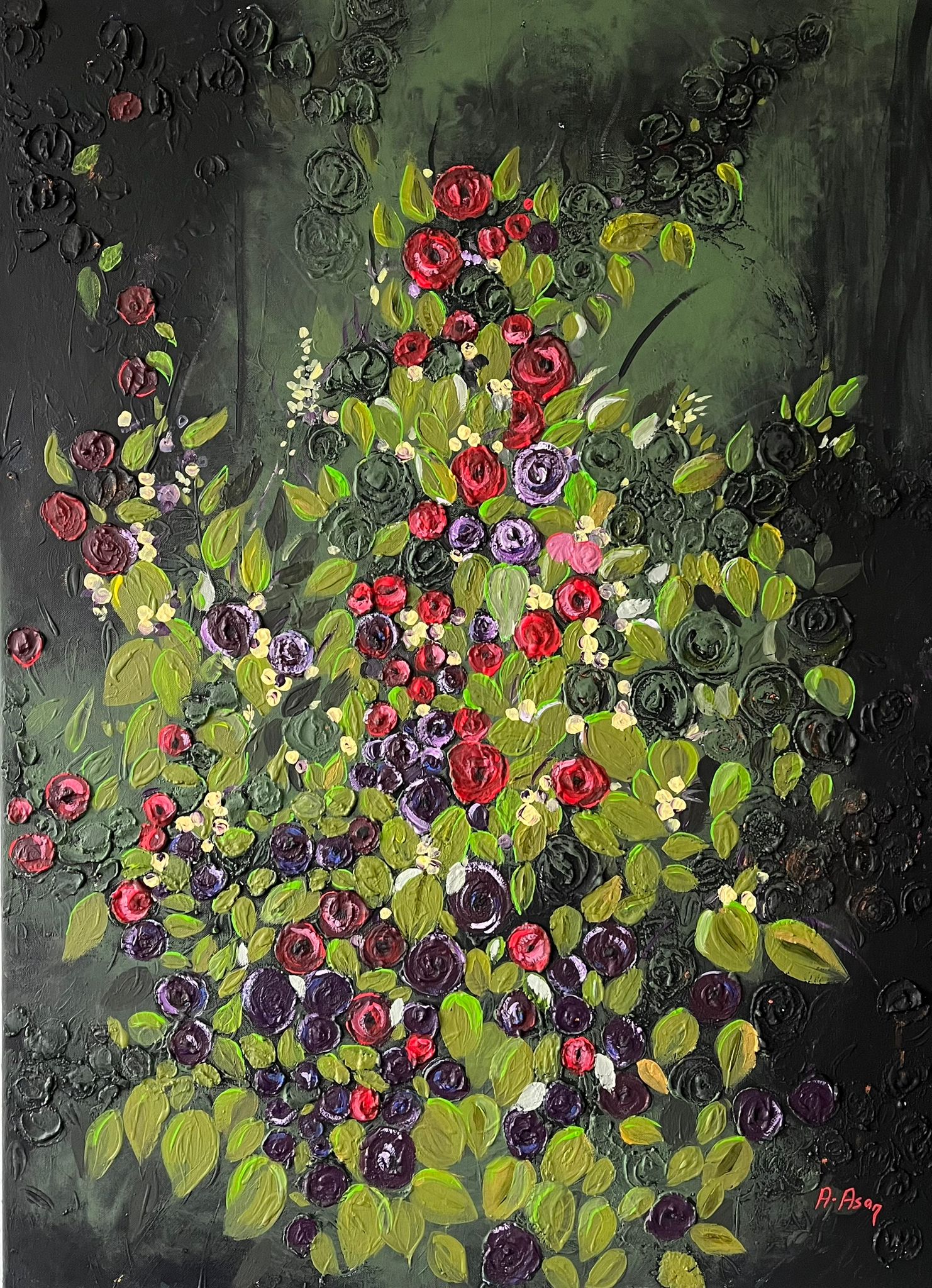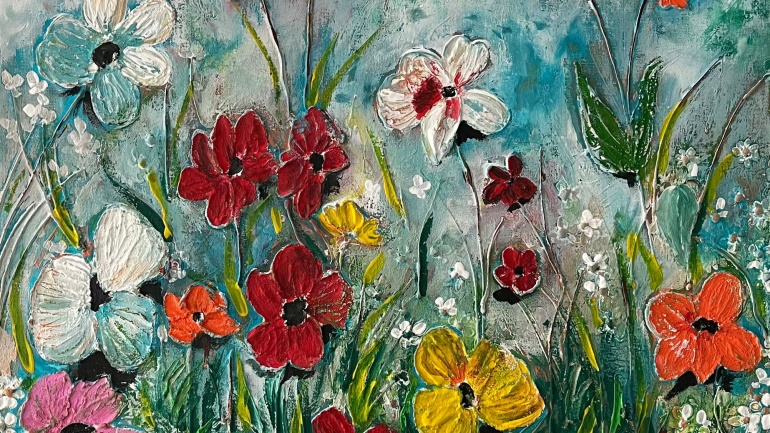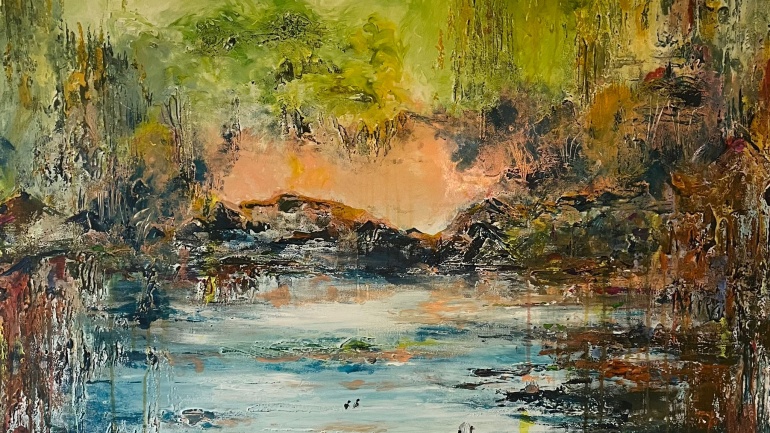Throughout history, painting has been one of the most powerful and intimate forms of artistic expression. In its silent brushstrokes and vibrant pigments, painting tells stories that words often struggle to articulate. From the ancient cave paintings of our ancestors to the avant-garde movements of the 20th century, painting has not only documented human experiences but has shaped and challenged how we see the world around us.
The Origins of Painting: A Primitive Language of Expression
The first known paintings were made over 40,000 years ago, deep inside the caves of Lascaux in France and Altamira in Spain. These ancient images of animals, hunters, and abstract shapes reflect early human attempts to communicate, understand, and engage with the world. For our distant ancestors, painting was more than just an artistic act—it was a tool for survival. By painting animals on the walls of caves, they may have believed they could summon strength and hunting success. The very act of painting was an act of control, of exerting influence over the forces of nature.

The early practice of painting was an instinctive effort to represent life. These first artists, with their rudimentary tools and natural pigments, laid the foundation for what would evolve into one of the most complex forms of human communication. Over the millennia, the purpose of painting expanded beyond mere documentation to a medium for reflection, rebellion, and introspection.
Renaissance: The Birth of Realism and Perspective
The Renaissance marked a pivotal moment in the history of painting, where artists sought to bridge the spiritual and physical worlds through their art. Before the Renaissance, much of Western art was focused on religious themes, with flat and stylized figures that adhered to the iconography of the Church. However, during this period, artists like Leonardo da Vinci, Michelangelo, and Raphael revolutionized painting by introducing perspective and an increased attention to human anatomy. Their work sought to capture not just the surface appearance of their subjects but the underlying reality of life itself.
In “The Last Supper” by Leonardo da Vinci, for example, the use of perspective creates a depth that draws the viewer’s eye towards Christ at the center, making the viewer feel as though they are part of the scene. The light and shadow play a crucial role in creating a lifelike scene, making the figures almost emerge from the canvas. It was during this period that painting transcended simple representation, evolving into a medium capable of expressing deep philosophical, emotional, and human truths.
Baroque: Drama, Motion, and Intensity
As the Renaissance gave way to the Baroque period in the 17th century, painting became more dynamic, full of emotion and movement. The Baroque era was characterized by dramatic contrasts between light and dark, known as chiaroscuro, and often sought to evoke strong emotional responses. Artists like Caravaggio and Rembrandt used intense realism and theatrical lighting to create dramatic scenes of human suffering, divine intervention, and historical moments.
Caravaggio’s “The Calling of Saint Matthew” is a prime example of Baroque mastery. The stark light that illuminates the figures, casting shadows across the darkened room, enhances the intense emotion and tension in the scene. The viewer feels as though they are in the same space as the subjects—almost witnessing the moment of divine revelation firsthand.
Impressionism: Capturing the Fleeting Moment
The 19th century saw a revolution in painting as artists like Claude Monet, Pierre-Auguste Renoir, and Edgar Degas began to break away from the academic tradition and experiment with light and color. The Impressionist movement sought to capture the fleeting, ever-changing nature of the world. Instead of focusing on sharp details and realism, Impressionist painters emphasized how light interacts with their subjects, creating a sense of immediacy and movement in the viewer.
Monet’s “Impression, Sunrise” (from which the term Impressionism is derived) captures the gentle ebb and flow of water under the soft glow of dawn. The brushstrokes are loose and spontaneous, evoking the feeling of being enveloped in the moment, with the viewer becoming part of the ever-changing landscape.
Cubism and the Fragmentation of Reality
In the early 20th century, artists like Pablo Picasso and Georges Braque introduced a radical new approach to painting: Cubism. Cubism shattered traditional notions of perspective, portraying subjects from multiple viewpoints at once. Instead of presenting an image as a whole, Cubist paintings fragmented their subjects into geometric shapes, forcing viewers to engage more actively with the artwork and reconsider their understanding of space and form.
Picasso’s “Les Demoiselles d’Avignon” exemplifies this approach. The figures, which are at once both human and abstract, seem to be in constant motion, with their faces and bodies reduced to planes and angles. The painting challenges the viewer to deconstruct the image, turning the act of viewing into a mental exercise that mirrors the complexity of modern life.
The Role of Painting in Modern and Contemporary Art
As the 20th century progressed, painting continued to evolve, reflecting the changing landscape of society. From abstract expressionism to pop art, artists increasingly sought to challenge the viewer’s expectations and push the boundaries of what painting could be.
Jackson Pollock’s drip paintings transformed painting into a physical act of expression. His No. 5, 1948 is an explosion of lines, splashes, and swirls—each stroke seems to embody the chaos and tumult of the human experience. Unlike the structured forms of the past, Pollock’s work embraces spontaneity and raw emotion, reflecting the chaotic energy of the post-war world.
Similarly, in the 1960s, artists like Andy Warhol blurred the lines between fine art and popular culture. Warhol’s Campbell’s Soup Cans challenges traditional ideas of what art is by elevating mass-produced, everyday objects to the level of fine art. His work questions the very nature of art, pushing it into new, often controversial, territory.
Painting as a Reflection of the Human Experience
At its core, painting has always been more than just the act of applying pigment to a surface. It is a mirror that reflects not only the visible world but also the invisible forces—emotions, ideas, and philosophies—that shape our lives. Whether capturing the agony of war, the serenity of nature, or the inner turmoil of the human soul, painting offers a unique glimpse into the depths of human consciousness.
Each brushstroke carries with it the weight of history, the artist’s personal experience, and the viewer’s interpretation. It is a timeless dialogue that transcends cultures and generations, a language that speaks to both the mind and the heart.
As we move further into the digital age, the role of painting in contemporary culture may be questioned, but its ability to convey the human experience remains unparalleled. In a world saturated with technology and rapid change, the timeless act of painting serves as a reminder that, at the heart of all artistic expression, lies the profound, unchanging desire to understand and communicate the essence of what it means to be human.
This exploration of painting, from its ancient origins to its modern-day innovations, highlights not only the technical evolution of the medium but also its deeper philosophical significance. Through each historical shift, painting has remained a potent means of storytelling—one that continues to inspire and provoke thought in viewers around the world.



